Would love to raise chickens but...
degarden
21 years ago
Related Stories
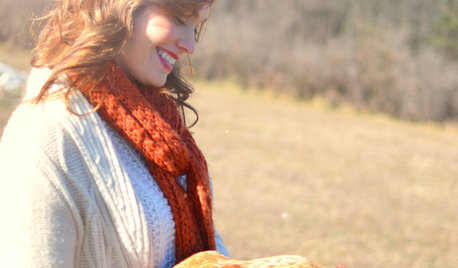
GARDENING AND LANDSCAPINGRaise Backyard Chickens Without Ruffling Neighbors' Feathers
Before you build a coop in the backyard, follow these strategies to help keep your neighbors from squawking
Full Story
GARDENING AND LANDSCAPINGBackyard Living: The Scoop on Chicken Coops
Perk up your morning with fresh eggs and chickadee clucks when you build a chicken coop in your own yard
Full Story
FARM YOUR YARDHouzz Call: Show Us Your One-of-a-Kind Chicken Coops
Do you have a fun or stylish backyard shelter for your feathered friends? Post your pictures and stories in the Comments!
Full Story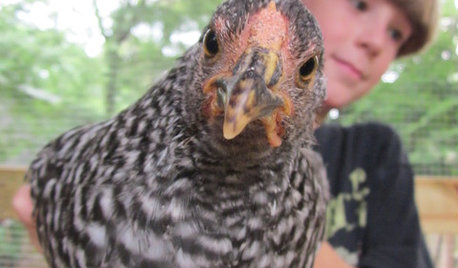
FARM YOUR YARD4 Farm-Fresh Chicken Coops in Urban Backyards
These Atlanta henhouses are worth crowing about for their charming, practical designs
Full Story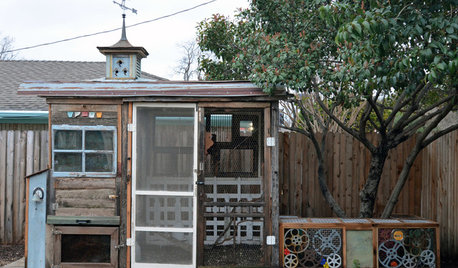
OUTBUILDINGSQuirky Meets Practical in a Dallas Chicken Coop
These hens have a stylish backyard coop built from recycled materials
Full Story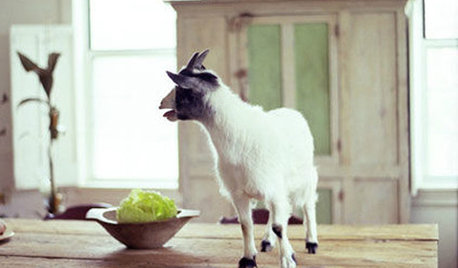
LIFEEasy Green: Modern Homesteaders Stake a Claim
With more options for raising chickens, growing edibles and keeping bees than ever, suburban and city folk are rediscovering a lost art
Full Story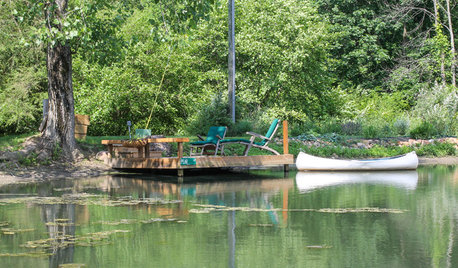
MY HOUZZMy Houzz: A Dream of Country Living Comes True
A couple garden and raise chickens in their retreat-like historic Maryland property, learning as they go
Full Story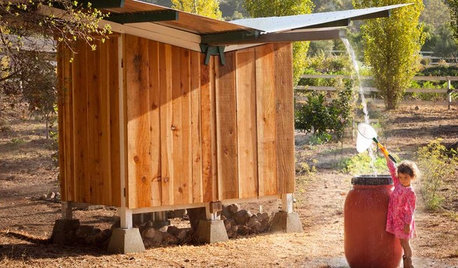
FARM YOUR YARDCollecting Rainwater and Eggs From a California Chicken Coop
See how a butterfly roof helps a hen home’s design soar into double-duty territory
Full Story
GARDENING AND LANDSCAPINGBuild a Raised Bed to Elevate Your Garden
A bounty of homegrown vegetables is easier than you think with a DIY raised garden bed to house just the right mix of soils
Full Story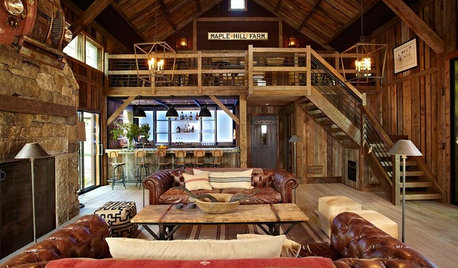
BARN HOMES12 Bar-Raising Barns
Homeowners make hay out of renovated, reclaimed and newly raised outbuildings
Full StorySponsored






Steve_NV
Patriz
Related Professionals
Garden City Landscape Architects & Landscape Designers · Richmond Heights Landscape Architects & Landscape Designers · East Patchogue Landscape Architects & Landscape Designers · Middletown Landscape Contractors · Belmont Landscape Contractors · Byram Landscape Contractors · Cary Landscape Contractors · Hayward Landscape Contractors · Middle River Landscape Contractors · New Cassel Landscape Contractors · Palm Beach Gardens Landscape Contractors · Panama City Beach Landscape Contractors · Carmel Siding & Exteriors · Eau Claire Siding & Exteriors · Waukegan Siding & Exteriorspamcleod
Kathy Johnson
thefarmMe
westbrook
garden_girl_5
anniew
degardenOriginal Author
westbeck35
babanna
joybugaloo
lynnb_tomballtx
hengal
Wingnut_8b
cntrymomof4
tdlarsen
valerie_anne
Marcus_5a
degardenOriginal Author
markapp
rabbid_rabbits
nonajoy_mac_com
swineinsanity
farmfreedom
gardendawgie
suenh
jeffp2009